The A to Z of Photography: Focal length
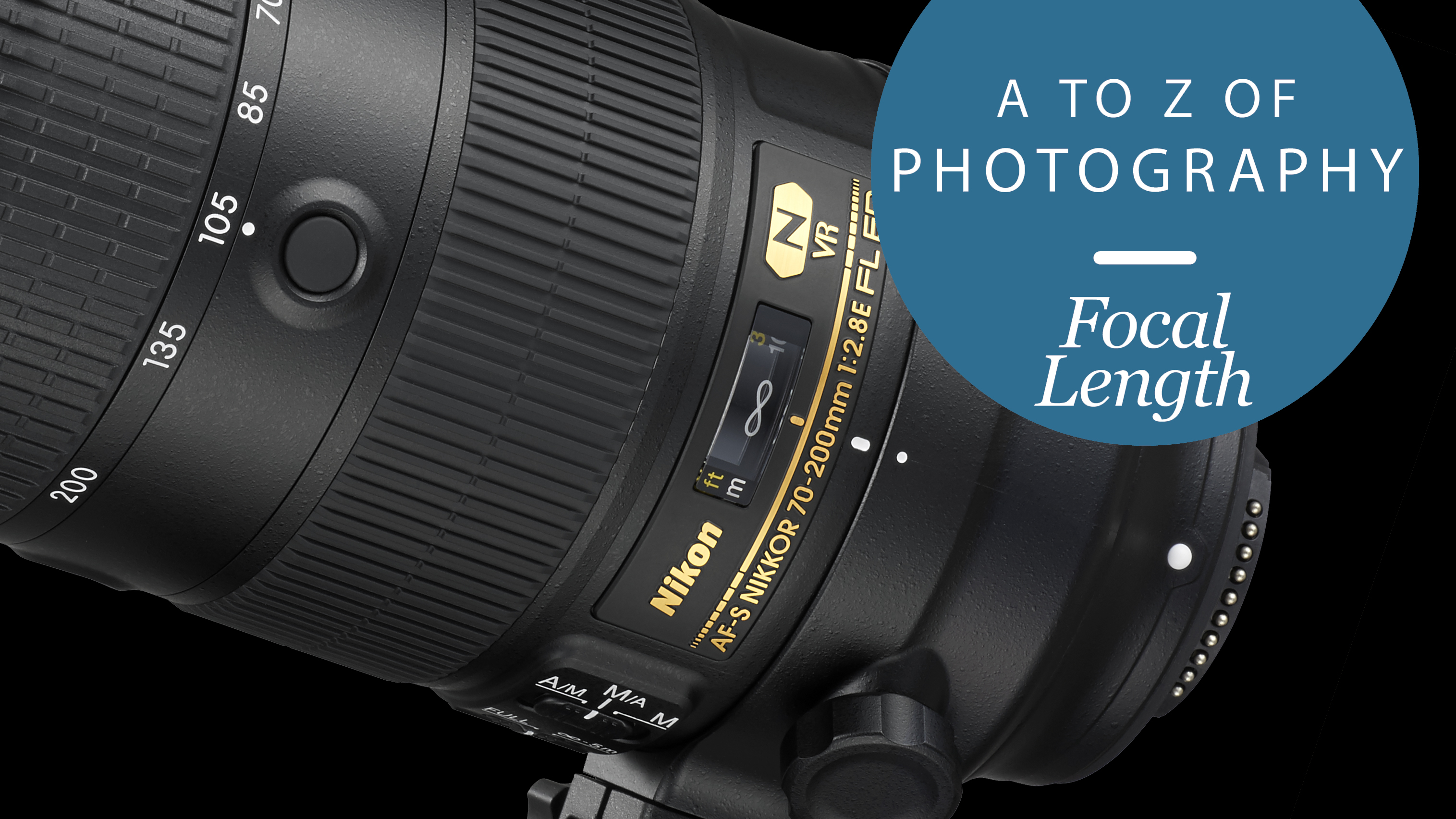
Focal length is the optical distance from the front element of a lens to the point where light rays entering the lens converge to form a sharp image on the sensor, and is expressed in millimetres.
It also suggests the characteristics of a lens – its angle of view, i.e. how wide or how narrow a view of a scene will be captured, and the magnification, or how large or small an object will appear in the viewfinder.
Shorter (lower number) focal lengths produce a wider angle of view, with objects appearing smaller in the frame, while longer (higher number) focal lengths produce a narrower angle of view, with objects appearing larger in the frame.
For instance, an 8mm fisheye lens may be able to take in a huge 180-degree view – and there’s a risk that your feet will inadvertently end up in the frame if you’re not careful. Super-telephoto lenses, on the other hand, may offer an angle of view of just three or four degrees.
Focal lengths compared

Wide-angle
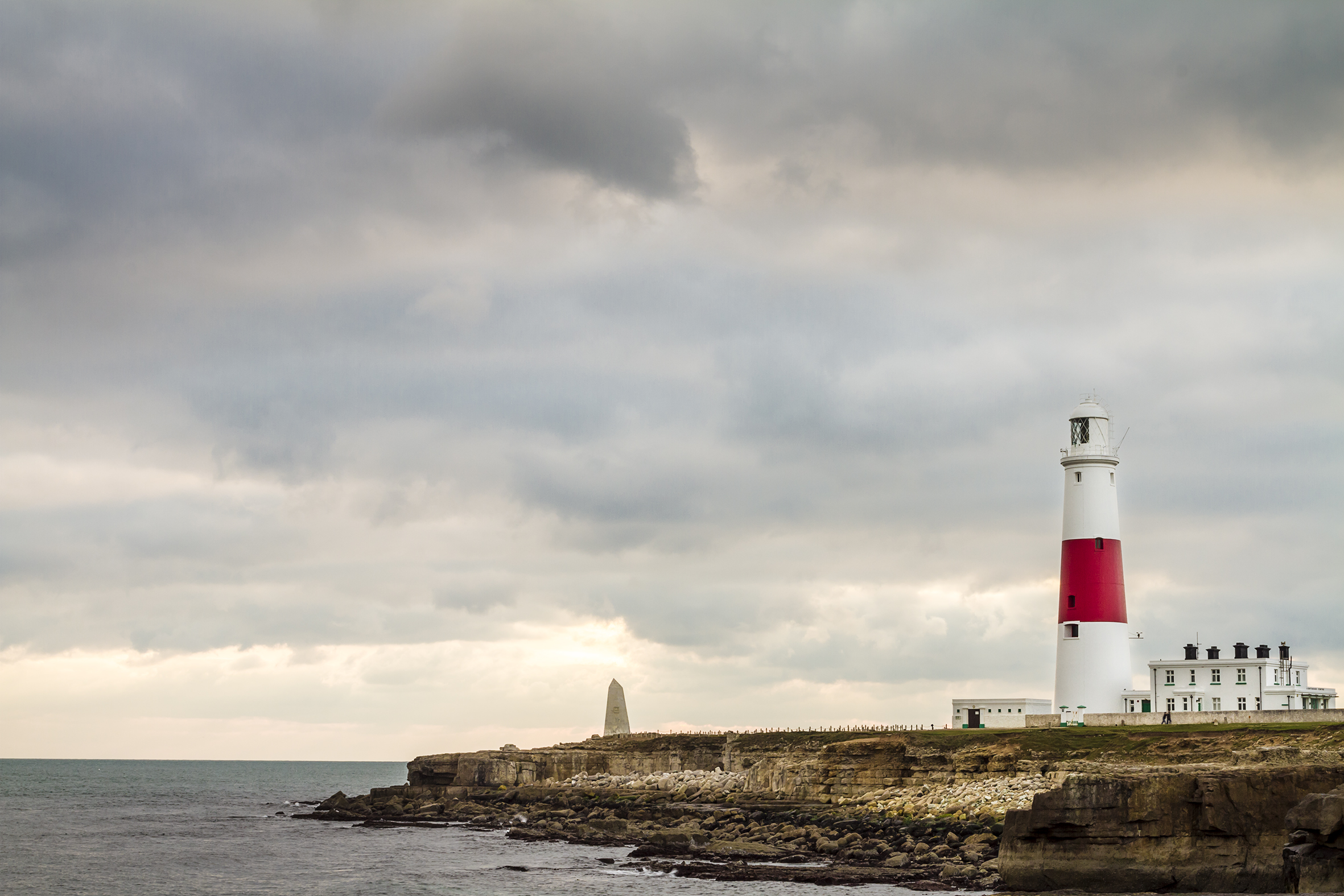
Standard
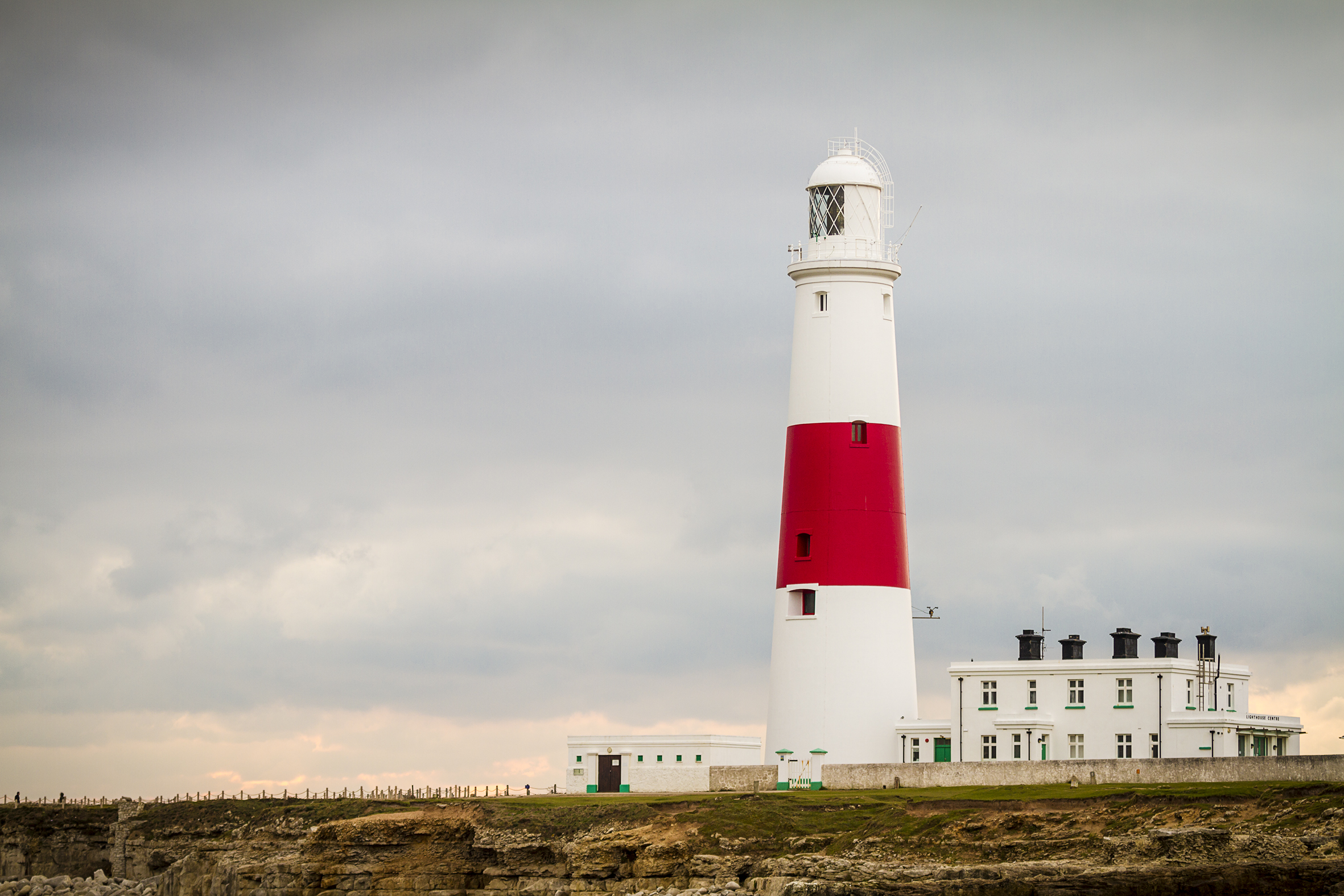
Telephoto
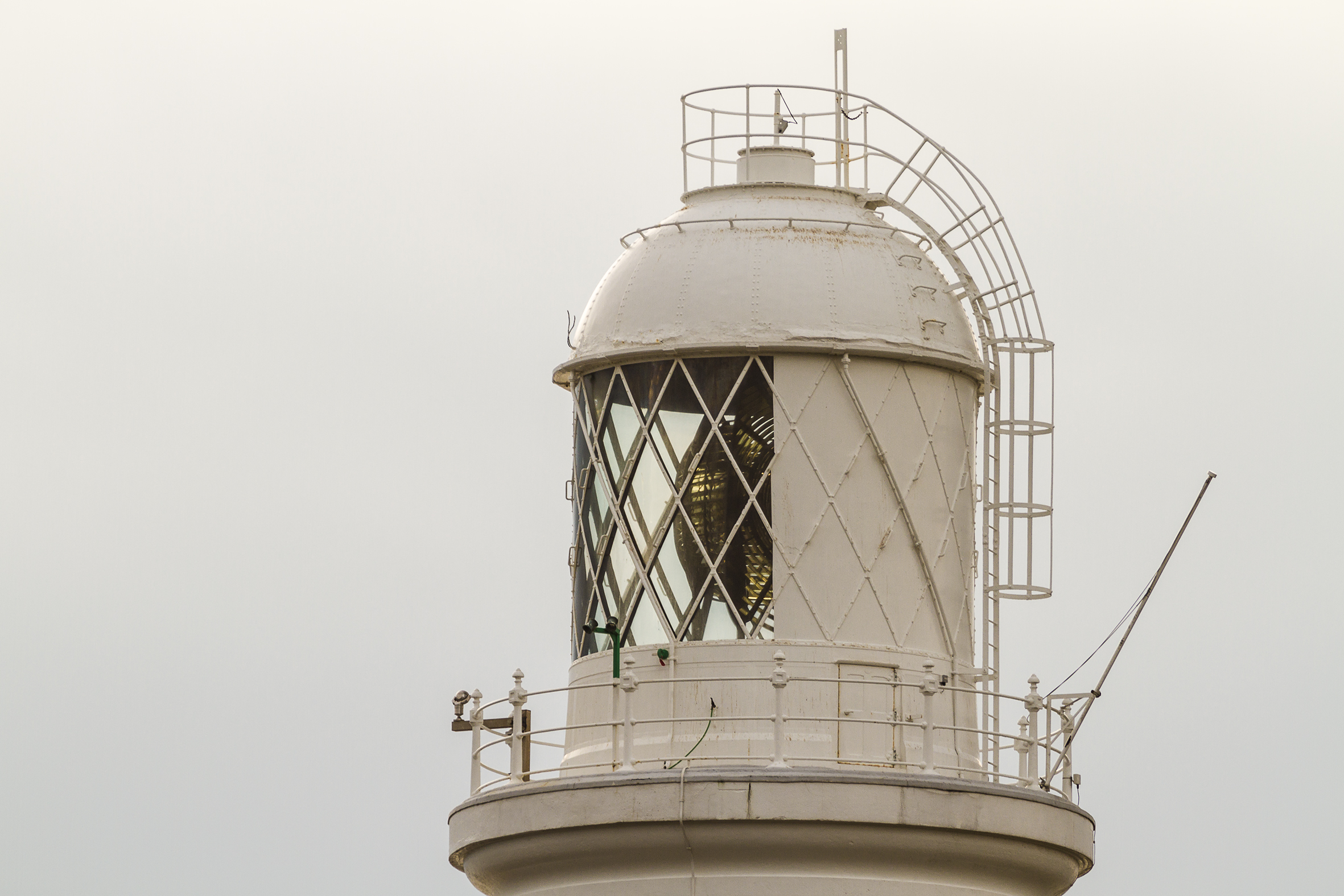
Super-telephoto
Lenses of different focal lengths can produce the same angle of view on different camera bodies depending on sensor size. For instance, on an APS-C camera, 35mm is roughly the same as 50mm on a full-frame camera on account of the 1.5x or 1.6x crop factor, as is 80mm on a medium format body. Although the focal length is different with each camera format, the effective focal length – the angle of view produced by the lens – is the same.
Prime vs zoom
A lens can either have a fixed focal length ('prime' lenses) or a variable focal length (zoom lenses), with options available in both types covering the full range of focal lengths, from wide-angle through standard to telephoto. So why would you select one type of lens over another?
A zoom lens offers flexibility in that you have a range of focal lengths within a single lens, which is great if space and weight are limited. Generally speaking, though, the maximum aperture of a zoom lens isn’t as wide as that of a prime lens, so if you want additional light-gathering capability for shooting in low light, and the potential for a shallower depth of field, a prime lens may be the best option.
Sign up for breaking news, reviews, opinion, top tech deals, and more.
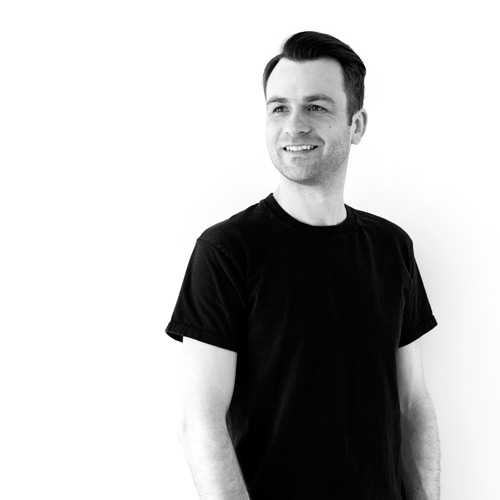
James Abbott is a professional photographer and freelance photography journalist. He contributes articles about photography, cameras and drones to a wide range of magazines and websites where he applies a wealth of experience to testing the latest photographic tech. James is also the author of ‘The Digital Darkroom: The Definitive Guide to Photo Editing’.